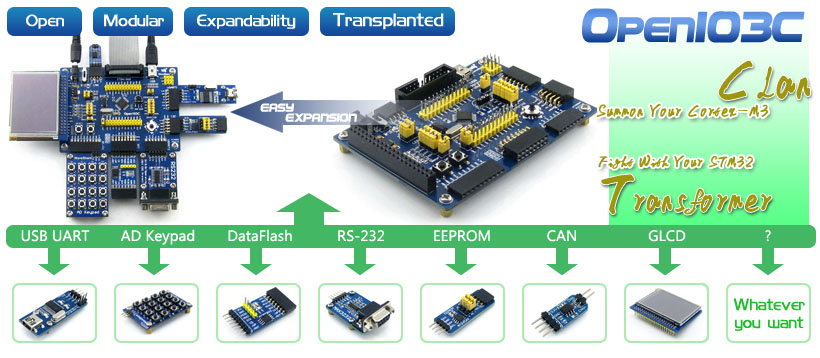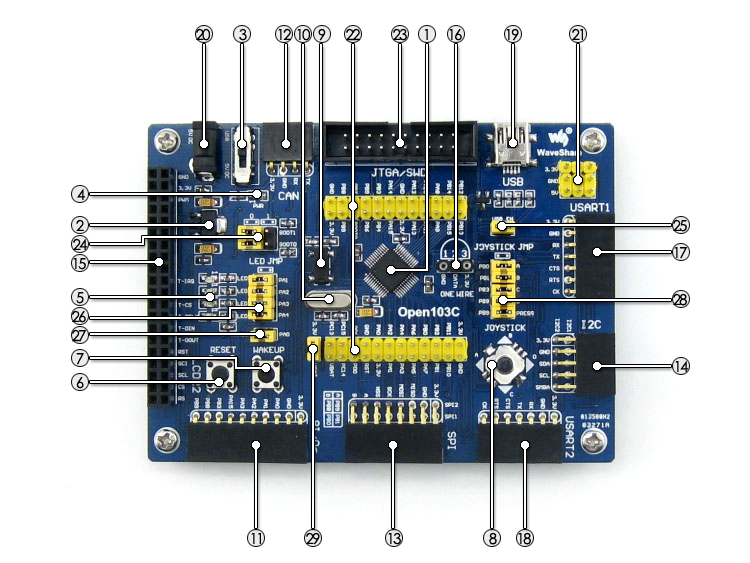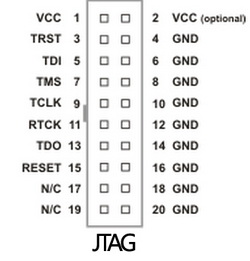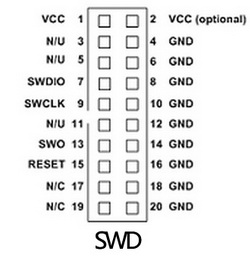STM32 development board designed for STM32F103C series, features the STM32F103CBT6 MCU, and integrates various standard interfaces, pretty easy for peripheral expansions.
Open103C is an STM32 development board that features an STM32F103CBT6 device as the microcontroller. There are further expansions with various optional accessory boards for specific application. The modular and open design makes it the ideal for starting application development with STM32F family.
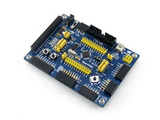
Open103C Development Board
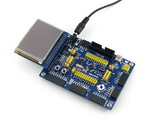
Connecting to touch screen LCD
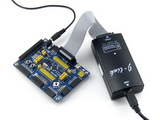
Connecting to debugger
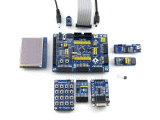
Connecting to various peripherals
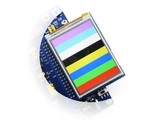
Connecting to touch screen LCD
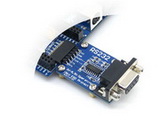
Connecting to RS232 Board via USART
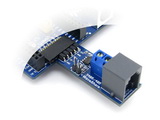
Connecting to RS485 Board via USART
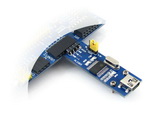
Connecting to USB UART Board via USART
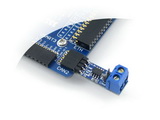
Connecting to CAN Board via CAN
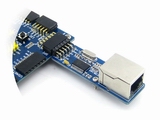
Connecting to Ethernet Board via SPI
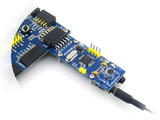
Connecting to VS1003B MP3 Board via SPI
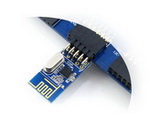
Connecting to NRF24L01 RF Board via SPI
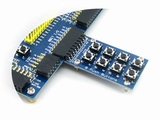
8 Push Buttons on the 8Bit I/O
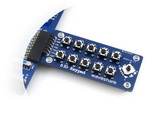
Connecting to 5 IO Keypad
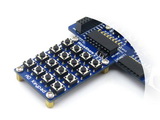
Connecting to AD Keypad
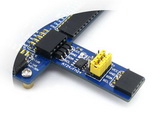
Connecting to EEPROM Board via I2C
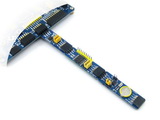
Multi I2C peripheral Module connected to the I2C bus
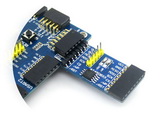
Connecting to DataFlash Board via SPI

Connecting to Micro SD Board
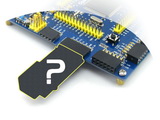
Connecting to any accessory board you need
 | 0 orders
| 0 orders -->Arrival time 5-7 days
-->Arrival time 5-7 days ---->Arrival time 15-27 days
---->Arrival time 15-27 days -->Arrival time 5-7 days
-->Arrival time 5-7 days






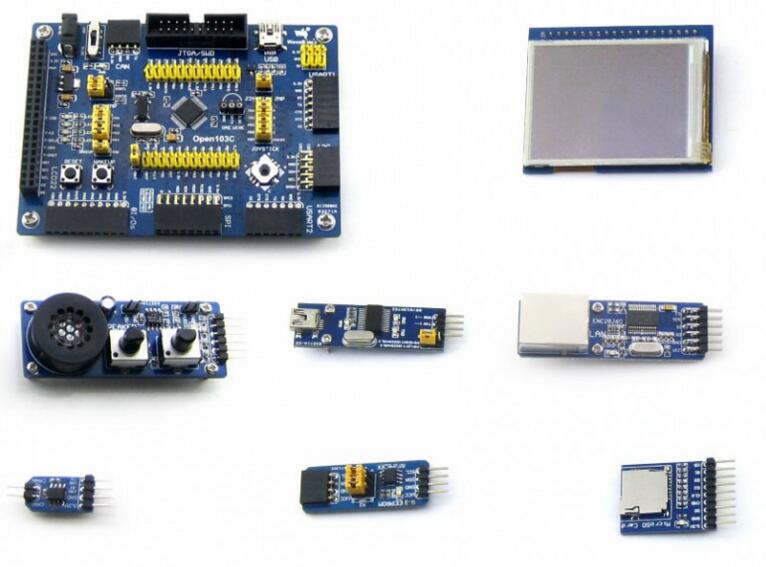
 Datasheet
Datasheet